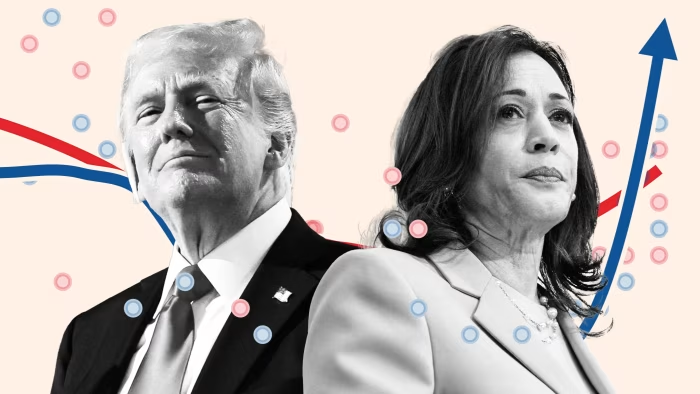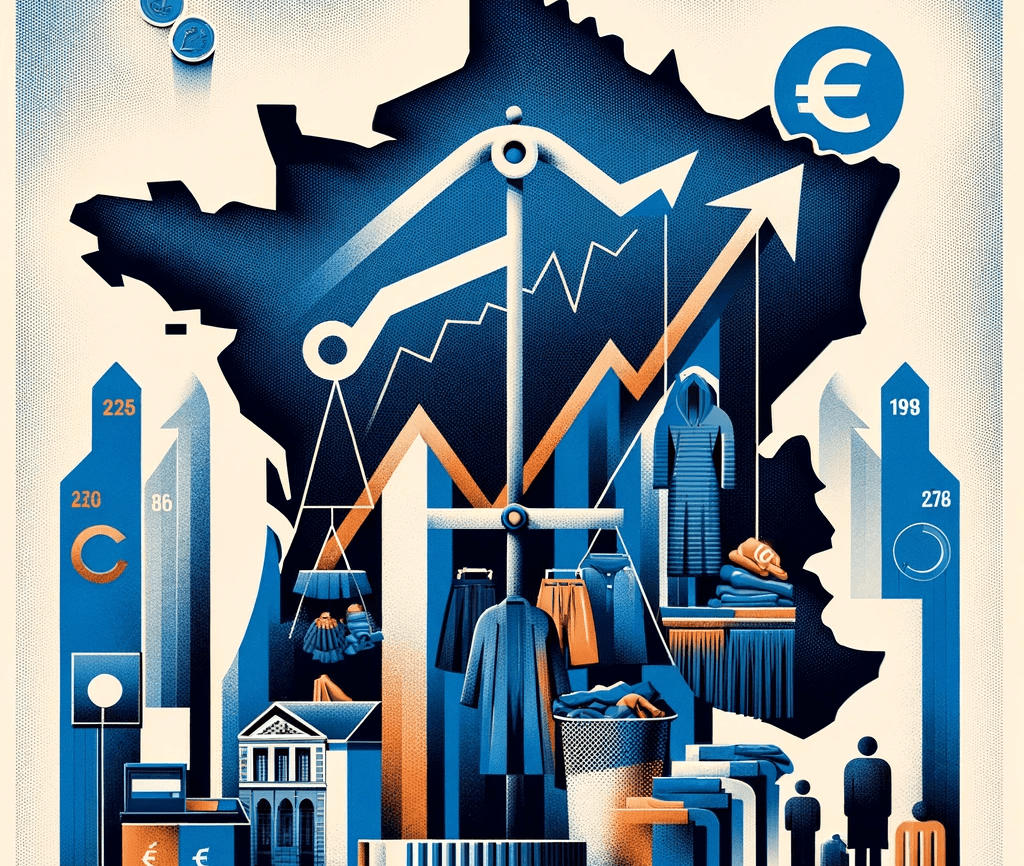Things have certainly changed since 1960 and the Kennedy-Nixon televised debate. This debate is often cited as the ‘first’ televised presidential debate…it is not. The actual first televised ‘debate’ of presidential candidates took place in May of 1956 between two Democratic Party primary candidates, Tennessee Sen. Estes Kefauver and former Illinois Gov. Adlai Stevenson.1 The 1960 debate was not even the second televised debate. The second took place a little later in November of 1956. Since actual debating between the presidential candidates of the two main political parties was still considered to be somewhat below the dignity of the office, this debate was conducted by surrogates for the candidates on the CBS news program Face the Nation. In this case, the surrogates were two women: Eleanor Roosevelt represented the Democrats and their candidate Adlai Stevenson, while Senator Margaret Chase Smith represented the Republicans and their candidate, Dwight Eisenhower.2
In the Senate.gov article cited above and of this second debate, it was said that Smith may have won the debate because she was “savvy about television.” To be “savvy about television” meant that Smith…
-
- …carefully calculated choices in wardrobe and hairstyle, to provide a contrast to the more grandmotherly Roosevelt. She also considered demeanor. She had to be forceful, but polite; knowledgeable, yet demure. “I would answer the questions as briefly as possible,” Smith decided, and in an “even-pitched tone.”
Roosevelt, in further contrast to the more deliberate and considered statements by Smith, dominated the dialogue…she was “talkative.”
By the time of the 1960 Kennedy-Nixon debate it became obvious that the Democrats had learned the lesson and had become “savvy” about television while the Republicans and the Nixon camp had not followed Senator Smith’s example. Kennedy’s people had prepared him with makeup suitable for television and made sure that under the heat and glaring lights of a 1960’s vintage live television production, his sweat was also wiped away by the time the camera came to show him. Nixon was not as prepared. Indeed, “Nixon’s drawn appearance and perspiration” was shown in contrast to “Kennedy’s “cool” composure.”3
Reactions after the Kennedy-Nixon debate showed the importance for a candidate to recognize the power of looking good on the television camera. In the words of CBS President Frank Stanton, “Kennedy was bronzed beautifully . . . Nixon looked like death.”4 Evidently many viewers agreed with Stanton. After the debate many reached the conclusion that “television viewers of the debate thought Kennedy won while
radio listeners, who did not see the candidates, favored Nixon” and that “television supposedly enabled Kennedy to win due to his superior image even though he was not necessarily better on the issues.”5
Since then televised presidential debates have largely become matters of theatrics: better makeup, polished one-upmanship and short, dramatic sound bites. But, does this mean they aren’t useful? Certainly it’s true, they have become events of political theater but as NPR Commentator Cokie Roberts observed, “you not only can learn a lot about a candidate’s position on the issues, you can see how he or she functions under pressure.” Roberts went on to conclude that there is “grandstanding…but I still think these debates are useful.”6
Are they useful? We’re not really certain that they always have been useful. But if one is a presidential candidate appearing in a televised debate, you should certainly realize that a poor ‘performance’ can sink your candidacy. If you doubt this, watch or re-watch the second 1988 presidential debate where many believe Michael Dukakis lost any possibility of election after he offered a passion-less, wonky defense of his position on the death penalty when questioned about his wife’s hypothetical rape.
Watch it yourself, here is the link:
http://edition.cnn.com/ALLPOLITICS/1996/debates/history/1988/index.shtml
- Mackey, B. (2016). In Rare Debate Footage, Seeds Of Modern Politics. Nprillinois.org. Retrieved from https://www.nprillinois.org/statehouse/2016-09-26/in-rare-debate-footage-seeds-of-modern-politics
- The First Televised Presidential Debate. (2022). www.Senate.gov. Retrieved from https://www.senate.gov/artandhistory/history/minute/The_First_Televised_Presidential_Debate.html
- Felzenberg, A. (2000). And the winner is . . .Presidential Debates as a media horse race. The Heritage Foundation. Retrieved from https://www.heritage.org/political-process/commentary/and-the-winner-presidential-debates-media-horse-race
- Chavez, T. (2020). Will muting Trump and Biden save the presidential debates? Washingtonpost.com. Retrieved from https://www.washingtonpost.com/outlook/2020/10/22/will-muting-trump-biden-save-presidential-debates/
- Druckman, J. (2003). The power of television images: the first kennedy-nixon debate revisited. Journal of Politics, 65(2), 559–571. https://doi.org/10.1111/1468-2508.t01-1-00015
- Presidential Debate History: Did George Washington Participate In A Debate? Heard on Morning Edition at NPR.org. Retrieved from https://www.npr.org/2019/06/27/736508088/presidential-debate-history-did-george-washington-participate-in-a-debate
1. When was the first televised presidential debate?
Contrary to popular belief, the first televised presidential debate did not occur during the Kennedy-Nixon showdown in 1960. The actual first televised debate featuring presidential candidates took place in May 1956, between Democratic primary contenders Estes Kefauver and Adlai Stevenson.
2. Who participated in the second televised presidential debate?
The second televised debate occurred in November 1956 and involved surrogates for the presidential candidates on the CBS news program Face the Nation. Eleanor Roosevelt represented the Democrats, supporting Adlai Stevenson, while Senator Margaret Chase Smith represented the Republicans, backing Dwight Eisenhower.
3. What factors contributed to the significance of the Kennedy-Nixon debate in 1960?
The Kennedy-Nixon debate marked a turning point in American politics due to the candidates’ contrasting performances on television. While Kennedy appeared confident and composed, Nixon appeared drawn and sweaty, leading many viewers to perceive Kennedy as the winner.
4. How has the format of televised presidential debates evolved over time?
Since the Kennedy-Nixon debate, televised presidential debates have become highly theatrical events, characterized by polished performances, dramatic sound bites, and careful attention to appearance. The focus has shifted from substantive policy discussions to image management and one-upmanship.
5. Are televised presidential debates still relevant today?
Despite their transformation into political theater, televised presidential debates remain significant as opportunities for voters to evaluate candidates’ demeanor, composure, and ability to perform under pressure. While some critics question their usefulness, others argue that debates offer valuable insights into candidates’ positions and character.



